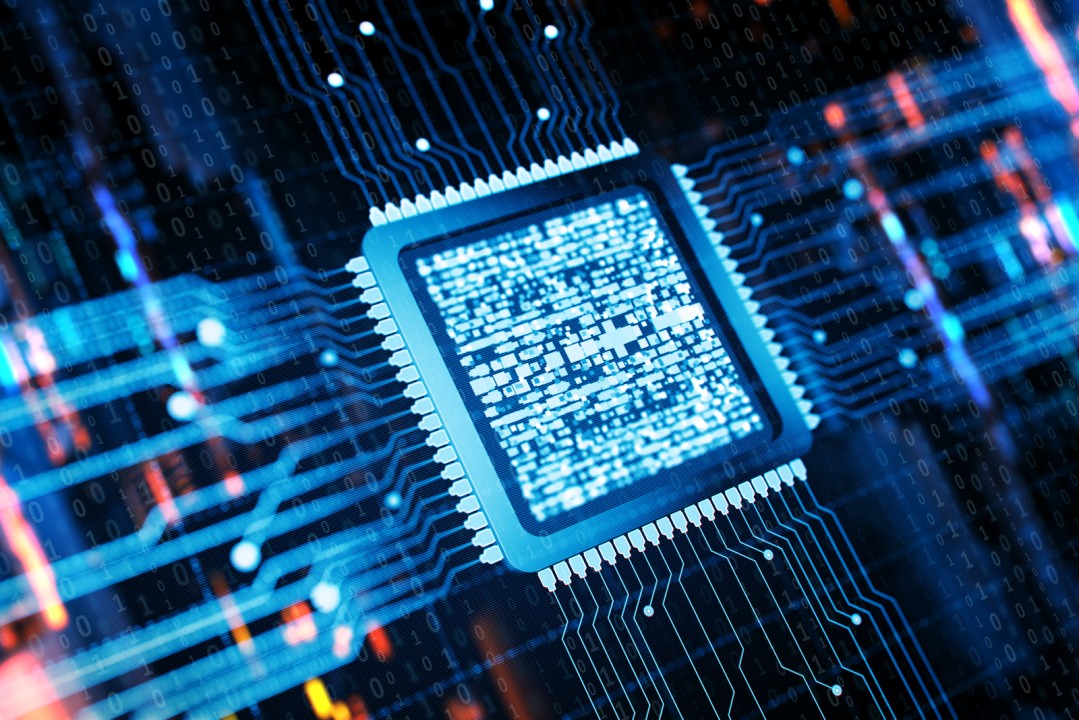
Understanding Computing Power: Computation, Optimization, and Requirements
Computing power plays a vital role in today's technology-driven world. It determines the efficiency and performance of applications, from simple tasks like web browsing to complex calculations in artificial intelligence and scientific research. In this article, we will explore what computing power is, how it is computed, how to optimize it, and how to derive the required computing power for any application.
What is Computing Power?
Computing power refers to the capability of a system to perform calculations and process information. It is typically measured in terms of the number of calculations a computer can perform per second, often expressed in floating-point operations per second (FLOPS). Computing power is determined by factors such as the speed of the processor, the number of processors, and the efficiency of the algorithms employed.
Computing Power Computation: The computation of computing power depends on various hardware and software components. The primary component is the central processing unit (CPU), which executes instructions and performs calculations. The CPU's clock speed, measured in gigahertz (GHz), determines the number of instructions it can execute per second. Additionally, the number of cores in a CPU affects the parallel processing capabilities and overall computing power.
To calculate the total computing power of a system, multiply the clock speed by the number of cores and the number of instructions per clock cycle. For example, a quad-core CPU with a clock speed of 3.5 GHz and 4 instructions per clock cycle would yield a computing power of 56 GFLOPS (3.5 GHz × 4 instructions/cycle × 4 cores).
Optimizing Computing Power: Optimizing computing power involves maximizing the efficiency of hardware and software components to achieve faster and more accurate computations. Here are some strategies for optimizing computing power:
1. Efficient Algorithms: Choosing or designing algorithms that require fewer computations or utilize parallel processing can significantly improve performance.
2. Hardware Upgrades: Upgrading components like the CPU, increasing the number of cores, or utilizing specialized hardware like graphics processing units (GPUs) for parallel processing can boost computing power.
3. Memory Management: Optimizing data storage and retrieval processes, such as caching frequently accessed data, can reduce processing time and improve overall performance.
4. Parallelization: Breaking down tasks into smaller subtasks that can be executed simultaneously across multiple cores or machines can leverage parallel processing and speed up computations.
5. Code Optimization: Writing efficient and optimized code, eliminating redundant calculations, reducing memory usage, and using compiler optimizations can lead to substantial performance gains.
Deriving Required Computing Power: Determining the required computing power for an application depends on several factors, including the nature of the task, its complexity, and performance expectations. Here are steps to derive the required computing power:
1. Task Analysis: Understand the computational requirements of the application. Determine if it involves heavy calculations, simulations, data processing, or requires real-time responsiveness.
2. Benchmarking: Conduct benchmark tests on representative workloads to measure the performance of the application on different hardware configurations. This helps identify the required computing power to meet desired performance goals.
3. Scalability Considerations: If the application needs to handle increasing workloads or larger datasets, consider the scalability requirements and ensure the computing power can handle future growth.
4. Consultation and Research: Seek expert advice, consult software developers, or refer to the documentation and online resources to understand the recommended computing power for similar applications.
5. Cost Optimization: Balance the required computing power with cost considerations. Choose a configuration that meets the application's needs while being cost-effective and scalable.
Computing power is a fundamental aspect of modern technology and impacts the performance of various applications. By understanding how computing power is computed, optimizing it through efficient algorithms and hardware upgrades, and deriving the required